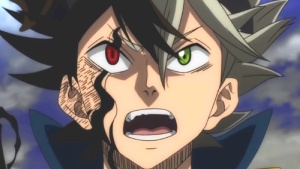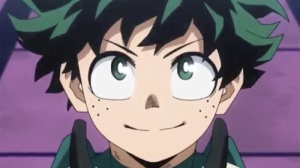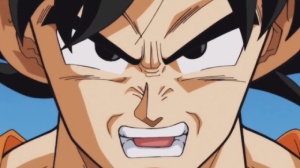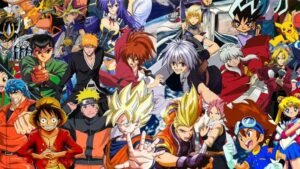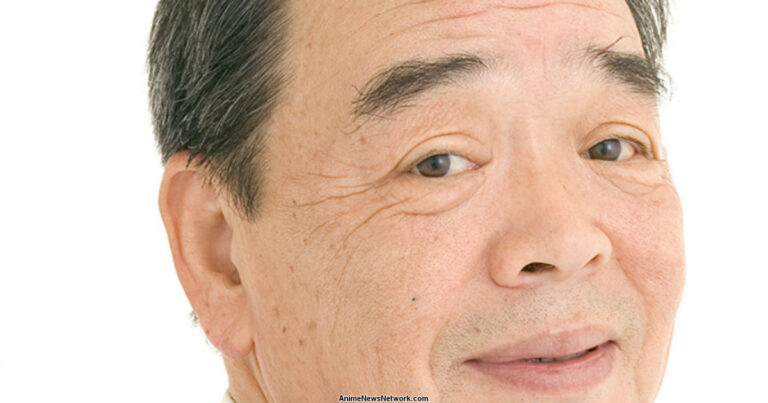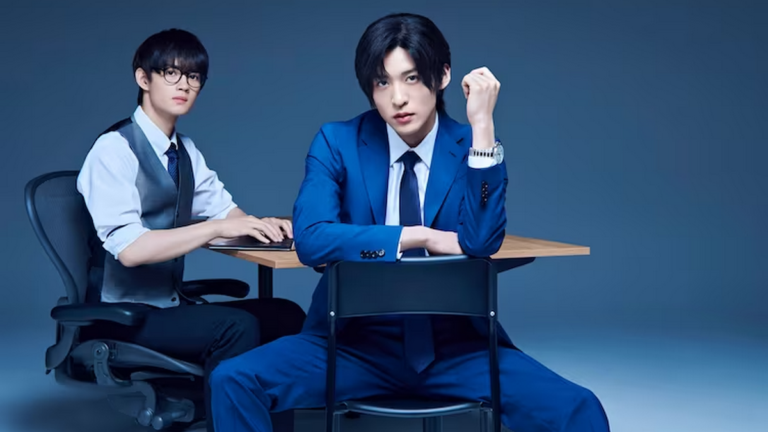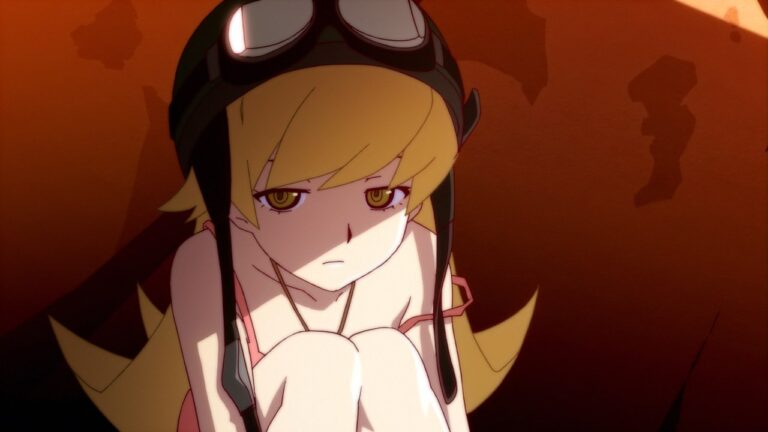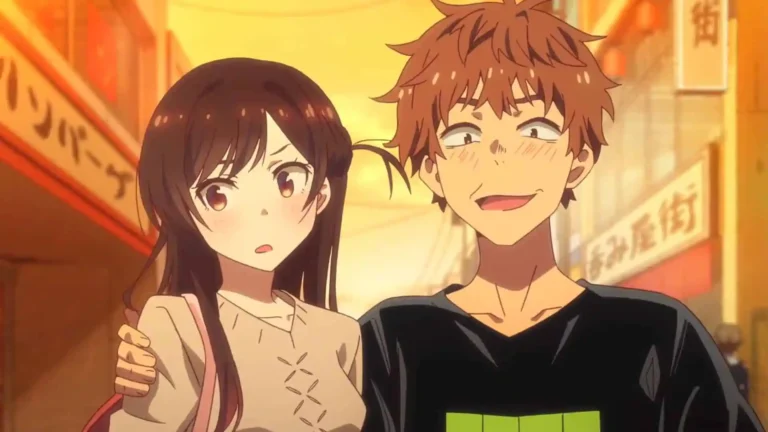Webtoon Readers Are Resistant Towards AI Generated Content
A bill has been introduced in the Korean National Assembly to require content creators to mark images, music, and other content as AI generated.
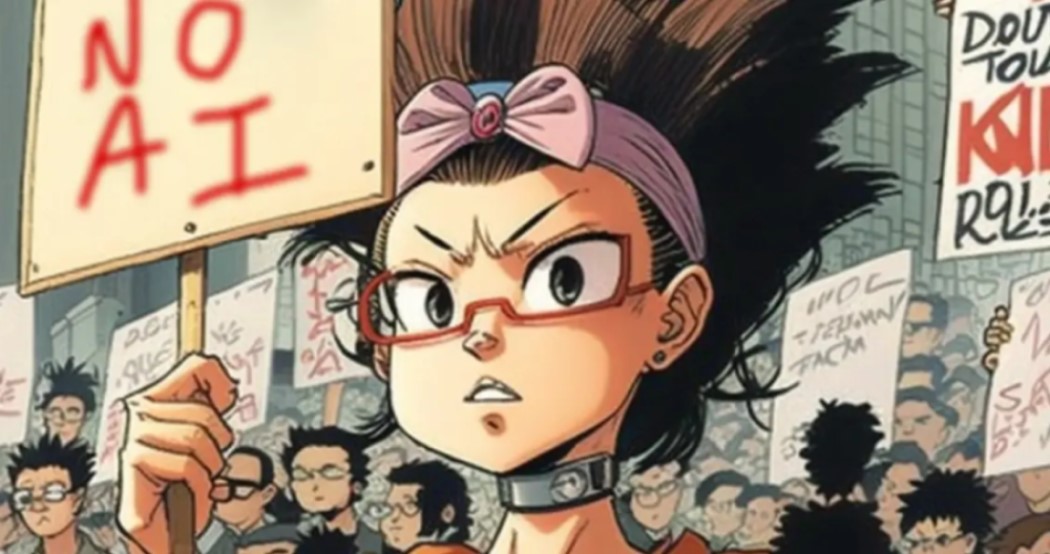
Readers of Korean Webcomics aren’t comfortable with authors relying on Artificial intelligence, as revealed during the controversy regarding the creators of “The Knight King Who Returned with a God”, who were accused of plagiarizing Mushoku Tensei.
This is the reason why the webtoon is the lowest-scoring (1.61/10 as on April 24) of the nearly 600 daily webtoons currently running on Naver Webtoon, the biggest Manhwa magazine consisting of serialized works like Tower of God, Lookism, God of High School, Noblesse, etc.
While the webtoon industry has largely focused on the concerns of creators about AI replacing writers, the controversy has revealed that readers are, in fact, rejecting Generative AI.
Generative AI is a sort of artificial intelligence system that can generate many types of material, such as text, picture, audio, and synthetic data. The recent excitement around generative AI has been fueled by the ease of use of new user interfaces for quickly creating high-quality text, drawings, and movies.
Generative AI was first used in chatbots in the 1960s. But it wasn’t until 2014, with the invention of generative adversarial networks, or GANs – a sort of machine learning algorithm – that generative AI could create impressively authentic photographs, videos, and audio of actual people.
While the tool might be convenient for manga & manhwa creators, readers are rejecting the idea of commercially selling webtoons that are created through commands and mouse clicks rather than the painstaking hand-drawing of an artist, saying that great art aren’t produced by merely the click of a mouse.
On the other hand, the industry argues that AI should be seen as a tool for writers, just like other digital technologies such as SketchUp.
Recently, the editors of Shueisha announced that they are collaborating with Shonen Jump Plus on developing an AI tool called Comic CoPilot, that utilises ChatGPT with a user-friendly Japanese interface and can assist creators in generating titles, names, and condensing dialogue to fit speech bubbles.
According to a survey conducted by the Arts Workers Japan Association, around 94 percent of Japanese creators are concerned that “AI could have harmful effects.” This included AI stealing artwork and transferring it to overseas attractions, as well as AI modifying published voice samples and reselling them as voice changer models.
Renowned horror mangaka Junji Ito has also expressed concern about how AI might produce better artwork than him despite its lack of originality and creativity. Hayao Miyazaki, the founder of Studio Ghibli, has criticized AI, calling it “an insult to life itself.”
A lot of folks on Twitter have showed similar concerns as well.




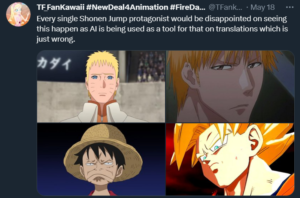


Although the era of AI writing and drawing has arrived, webtoon readers are showing strong resistance to the use of generative AI.
This has led to calls for guidelines on how much AI can be used in webtoon production and whether it should be disclosed.
According to the webtoon industry today, readers have raised suspicions that generative AI has been used to a large extent in the works, citing the detailed shapes of objects and clothes, the fact that the art style changes slightly from cut to cut, and the awkwardness of the characters’ fingers.
On the other hand, the industry argues that AI should be seen as a tool for writers, just like other digital technologies such as SketchUp.
Currently, creative organizations such as the Korean Cartoonists Association are holding forums on the topic of AI and discussing guidelines.
The largest platform, Naver Webtoon, said it has “no official guidelines, but we are closely reviewing them internally.”
A bill has been introduced in the Korean National Assembly to amend the Content Industry Promotion Act to require content creators to mark images, music, and other content so that it can be recognized that it was created with AI technology, so that readers can make their own choices whether to read the material or not.
Source: Nate News, Twitter


